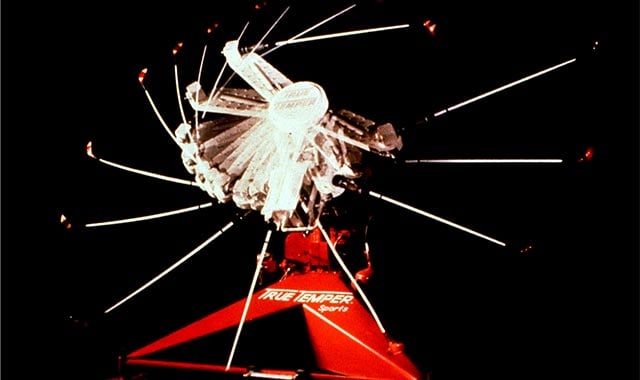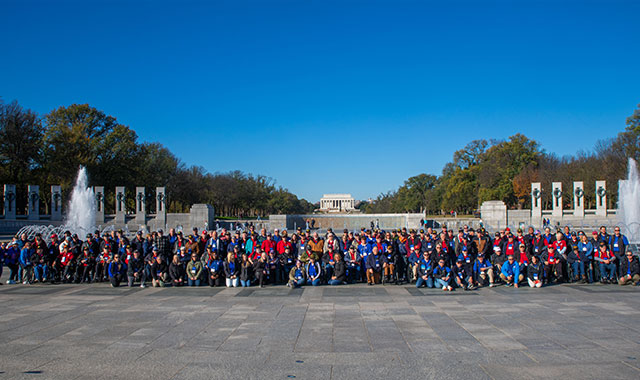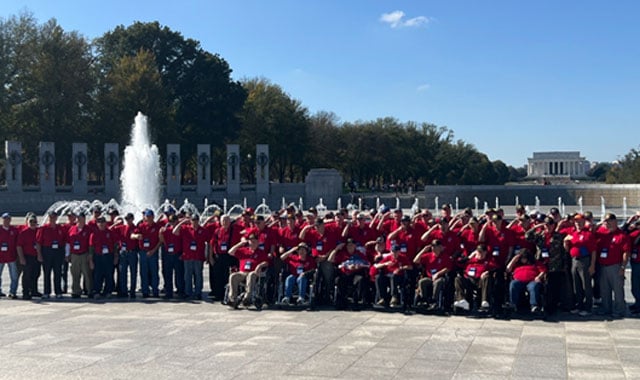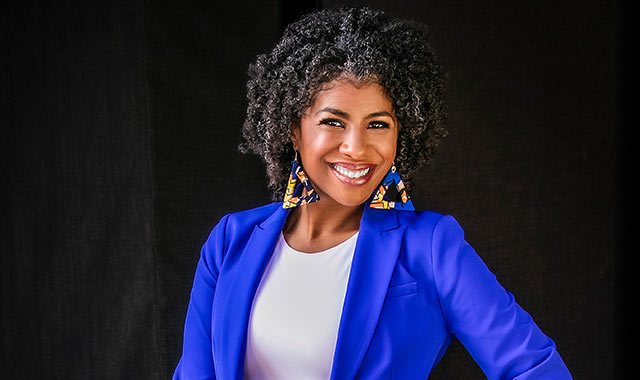Battelle has a Rich History of Improving Golf

Battelle’s nearly 100-year history of research has yielded many notable successes, but did you know that scientists and engineers and Battelle have had a significant impact on the game of golf?
Roots of the research bore back in time to our founder, Gordon Battelle, a metallurgist and son of a Columbus-area steel magnate. His interest in research in the field of metals influenced our history and many employees in the early days of Battelle were experts in metallurgy. In fact, our second-ever contract was with the Reynolds Metal Company to develop aluminum foil.
By the early 1950s, Battelle was world-renowned for its staff of materials research leaders and the golf industry noticed. In the past 70 years, Battelle inventors have been named on hundreds of golf patents. Our research ranges in scope from improved coating systems for golf balls and studies of flight dynamics to superior materials for golf club shafts and heads—performed for nearly all the major original equipment manufacturers.
The golf ball has gone through many changes since golf’s inception. In the 1950s, our research led to an improved golf ball cover that was more durable than the popular cover at the time that was made from balata, a resin derived from trees. Any mishit balata golf ball would be torn open, rendering it unusable. Our researched cover was far more resilient and meant players could keep a ball in play for a much longer time.
We researched a variety of materials and designs for shafts of golf clubs. Additionally, Battelle research included stabilizing wooden heads and new materials such as plastic and other innovative materials for driver heads. The amount of flex and kick points of a shaft greatly affects the performance of the club and Battelle metallurgists researched various materials for improving the performance of shafts.
Later research with an international brand developed a technology that allowed golfers to have personalized club fitting so amateurs could be custom fitted like the pros. With 40 different shafts of various stiffness that could interchange with different club heads, players could have bespoke clubs quickly assembled. The system also allowed for variable lofts and face angles.
The system also included Battelle built software that connected to a launch monitor for ball speed, launch angle and spin in forward and reverse and left and right. This made it possible to predict the flight of the ball and our algorithms would suggest the proper club dynamics. We even tested club head designs in our wind tunnel.
But perhaps the most important invention came when representatives of True Temper came to visit Battelle in Columbus in 1963. For the preceding decade, George Manning supervised our Mechanical Metallurgy and Metallurgical Engineering divisions. He was perfect for the job of inventing a robot that would come to be known as Iron Byron.
True Temper, which manufactures shafts for golf clubs, needed consistency in its products. Golf shafts flex at different points during the swing and have various stiffness, so uniformity is paramount. Manning and his team got to work.
His team examined high-speed photography of the swings of hundreds of golfers and determined that one man’s swing was so consistent it produced the straightest shots in golf—Byron Nelson. Nelson was born in 1912 in Texas and had an astounding career, brief but bright. In 1945 alone, Nelson won 11 straight tournaments and 18 total on the PGA Tour. Columbus native and perhaps the greatest golfer in history Jack Nicklaus called Nelson the “straightest driver of the golf ball” he had ever seen. At his home course in Fort Worth, Nelson was famous for being so consistent that he could hit a bucket of range balls and leave them laying in a dense pile 200 yards away.
Battelle’s computer division at the time helped the team plot the swing in frame-by-frame high speed photography. The robot’s swing would mirror the plane and path of Nelson’s, who worked extensively with the Battelle team during the three years of production. The team called its original robot a “non-duffing mechanical golfer,” later the “Battelle Mechanical Golfer” and finally, with help from marketing staff, Iron Byron. The original model was made from aluminum, but the iron refers to the remarkable consistency of Nelson.
“He was amazing,” George Manning said at the time. “One of the things I’d do–we didn’t have a computer to plot shots directly–so I’d go out in the field and he’d hit 2-irons to me that I’d catch on the first bounce because he’d hit in the same place every time.”
The machine made its debut in 1965 after being tested at Scioto Country Club in nearby Upper Arlington and in fields at Ohio State University across the street from Battelle headquarters along the Olentangy River that are now home to OSU hospitals. There were many challenges to developing a consistent swing that was also adjustable for slices or draws and that didn’t snap shafts or break off heads by swinging too hard. But in the end, they crafted the perfect machine for golf equipment testing.
The original Iron Byron was so successful in its mission that it was sold by True Temper to major club manufacturers and was the official machine used by the United States Golf Association to test golf clubs and balls from the early 1970s until the turn of the century when it was replaced by higher-tech models.

Related Blogs
Sign Up for Battelle Updates
Follow along with the latest news, announcements and updates from our Battelle community of solvers.
![iron_byron_t760_os[1] Photo: iron byron on a golf course](/images/insidebattellelibraries/blog-migration-images/blog-images/iron_byron_t760_os-1-tmb-medium-jpg.jpg?sfvrsn=cf50e78b_0)







